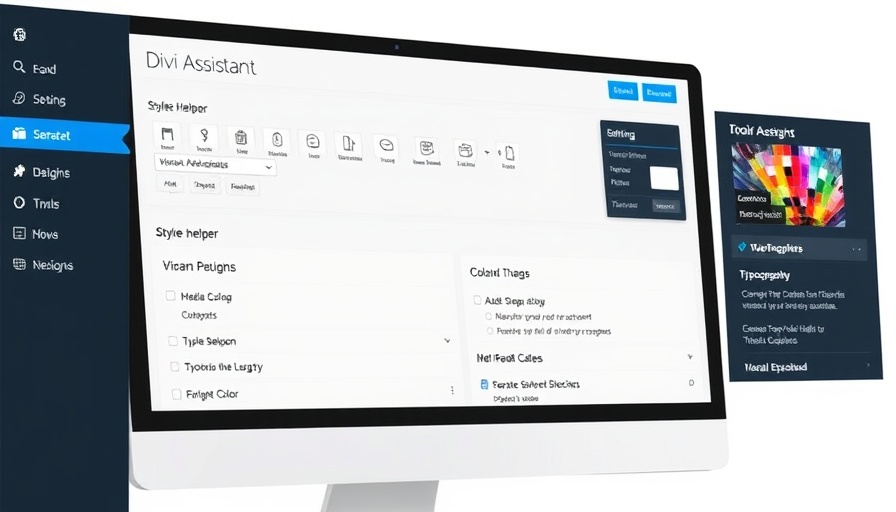
Why 404 Errors Matter: A User Experience Nightmare
Have you ever clicked on a link, only to be greeted with the frustrating "404 Page Not Found" error? It can feel like stumbling into a dead-end street while searching for a hidden treasure. Not only does this error signal a broken link or a missing page, but it also hampers your visitors’ experience and potentially tanks your search engine ranking. Search engines like Google prioritize user satisfaction, and encountering 404 errors can lead to a decrease in trust and credibility for your site.
Understanding the Causes of 404 Errors
Before you can fix 404 errors, you need to understand what causes them. Typically, you can trace these errors back to a few common culprits:
- Incorrect URLs: A small typo in the website address can easily cause a 404 error. Remember, URLs are case-sensitive—"ExamplePage.html" is not the same as "examplepage.html". Always double-check your links for accuracy.
- Deleted or Moved Content: Deleting or changing a page’s URL without implementing appropriate redirects will lead to broken links. If you must delete content, think carefully and utilize redirects to guide users to the right place.
- Server-Side Problems: Occasionally, the issue may arise from the server itself. Misconfigurations, temporary outages, or technical glitches can prevent pages from loading correctly. Conduct regular server maintenance and monitoring to avoid such issues.
How to Fix 404 Errors: Quick and Effective Solutions
Here’s the good news: fixing 404 errors is often straightforward. Below we’ll explore practical steps to resolve these issues effectively:
- Check and Update Broken Links: Start by scanning your website for broken links using tools like broken link checkers or SEO auditing tools. Fix typos, update outdated links, or remove links that lead to deleted pages.
- Create a Custom 404 Page: Instead of a generic error message, create a friendly, informative 404 page that guides users back to your site. Include site navigation links, a search bar, and a brief message offering assistance.
- Implement Redirects: Use 301 redirects to guide users from old URLs to new ones. This helps bounce back traffic that might have been lost due to the removal of content or URL changes.
- Monitor Your Traffic and Error Logs: Regularly review your website’s analytics and server error logs to identify and address recurring 404 errors before they become detrimental.
The Long-term Impact of Proactive Error Management
By addressing 404 errors proactively, you not only improve user experience but also bolster your website’s SEO ranking. Google’s algorithms favor websites that are user-friendly and easy to navigate, so ensuring that your pages load smoothly can result in enhanced traffic and engagement.
Taking Action: The Key to a Healthier Website
Prioritizing 404 error management as part of your website maintenance strategy will lead to happier visitors, improved search rankings, and more opportunities for conversions. As a WordPress user, regular audits and content checks should become part of your routine.
Incorporate these practices into your site management efforts, and watch your website thrive. Remember, a well-structured, informative site is key to online success. So, don’t let 404 errors wreck your hard work!
Conclusion: Act Now to Protect Your Site’s Integrity
We invite you to take a moment to audit your WordPress site for any 404 errors. By acting now, you can enhance user experience, strengthen your site’s SEO potential, and save your reputation. A well-maintained site not only attracts visitors but also retains them!
 Add Row
Add Row  Add
Add 




Write A Comment